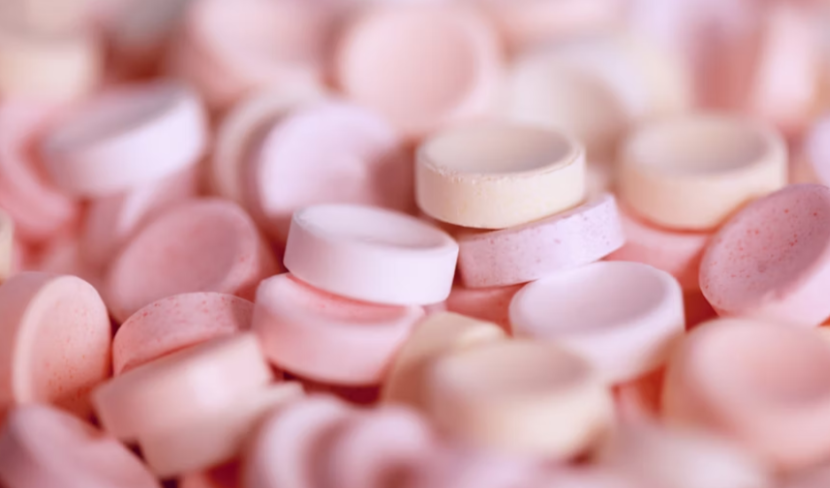Decoding Moringa Tablet Labels: A Science-Based Guide for Indian Consumers

Walking through any pharmacy these days feels like navigating a maze. Moringa tablets crowd the shelves, each bottle promising miraculous health benefits. The labels become a blur of scientific terms and bold claims.
Most people searching for the best moringa tablets in India end up confused rather than informed. Those glossy labels hide crucial details that determine whether you’re getting actual health benefits or just expensive green dust. When you’re spending your hard-earned money on supplements, understanding what you’re really buying becomes quite important.
The Confusing World of Supplement Labels
Moringa tablet labels can be deliberately misleading. “100% Pure Moringa” might sound reassuring, but what about the other ingredients that make up 30-40% of the tablet? Companies bank on consumers not asking these awkward questions.
“Organic” appears everywhere, though organic certification standards vary wildly across India. Some companies use the term quite loosely. Others display proper certification numbers that you can actually verify online. The difference matters when you’re trying to avoid pesticides.
“Standardised Extract” sounds impressive and scientific. Yet most companies won’t tell you which compounds they’re standardising for. Moringa contains over 90 nutrients. Standardising for total protein differs completely from standardising for specific antioxidants.
Potency claims create another headache. “500mg of Moringa per tablet” tells you nothing about what your body can actually absorb. Fresh moringa leaves contain water. Dried powder concentrates nutrients but destroys heat-sensitive vitamins. Extracts might be potent but could exclude beneficial fibres.
The serving size game gets particularly annoying. Some tablets require taking 6 daily to match the claimed benefits. Others deliver everything in 2 tablets. Your daily cost depends on serving size, not just the bottle price.
Reading Between the Lines
Ingredient lists reveal uncomfortable truths. Ingredients appear in order by weight. If “Moringa Leaf Powder” shows up third or fourth, you’re buying expensive filler with some moringa thrown in.
Common fillers include microcrystalline cellulose, silicon dioxide, and magnesium stearate. These aren’t necessarily harmful, but they reduce actual moringa content. A tablet that’s 50% fillers gives you half the moringa you’re paying for.
Binders and preservatives serve legitimate purposes. Tablets need to stick together and resist moisture. But some companies use excessive amounts to cut manufacturing costs. Natural binders like gum acacia are preferable to synthetic alternatives.
Coating agents make swallowing easier but can affect absorption. Enteric coating protects nutrients from stomach acid but might prevent proper breakdown. Film coatings are usually fine, though thick coatings can slow nutrient release.
Manufacturing Claims That Matter
“GMP Certified” appears on countless labels. Good Manufacturing Practices certification ensures basic quality standards. But GMP levels vary significantly. WHO-GMP is stricter than basic GMP. USFDA-GMP sets even higher standards.
Third-party testing provides independent verification. Companies investing in independent testing usually display certification numbers or lab names. You can often verify these online. Companies avoiding third-party testing might be hiding quality issues.
Batch numbers and expiration dates indicate freshness and traceability. Fresh moringa retains more nutrients than old stock. Batch numbers let you trace products back to specific manufacturing runs if problems arise.
“Made in India” can mislead. Some companies import raw materials and only package domestically. Others grow, process, and manufacture entirely within India. Local production often means fresher products and better quality control.
Certifications Worth Checking
FSSAI registration is mandatory for food supplements in India. The licence number should appear clearly on labels. You can verify FSSAI registration on their official website. Unregistered products violate Indian food safety laws.
Organic certification through NPOP (National Programme for Organic Production) provides genuine verification. Private certification bodies exist, but their standards may differ. Government-backed certification carries more weight.
ISO certification indicates standardised manufacturing processes. ISO 22000 covers food safety management. ISO 9001 addresses quality systems. These don’t guarantee product quality but suggest professional manufacturing.
AYUSH registration applies to ayurvedic formulations containing moringa. Pure moringa tablets don’t need AYUSH approval, but combination products might. AYUSH registration ensures traditional medicine standards are met.
See Also: Technological Changes Altering Business in 2025
Warning Signs to Watch
Miracle cure claims violate Indian advertising laws. Moringa offers genuine benefits, but tablets can’t cure diabetes, cancer, or heart disease. Companies making such claims either don’t understand regulations or deliberately mislead customers.
Unrealistic nutrient claims should raise suspicion. Moringa is nutrient-dense, but some labels exaggerate vitamin and mineral content. Cross-check nutritional claims against published research.
Missing contact information suggests questionable operations. Legitimate companies provide customer service numbers, email addresses, and physical addresses. Companies hiding their identity might not stand behind products.
Prices that seem too good usually are. Quality moringa cultivation, processing, and testing cost money. Suspiciously cheap tablets often contain minimal moringa or use inferior processing.
Final Take
The supplement industry in India has grown rapidly, but regulation hasn’t kept pace. Until stricter oversight emerges, consumers must become their own quality inspectors. Reading labels carefully and asking pointed questions separates genuine products from marketing hype.





